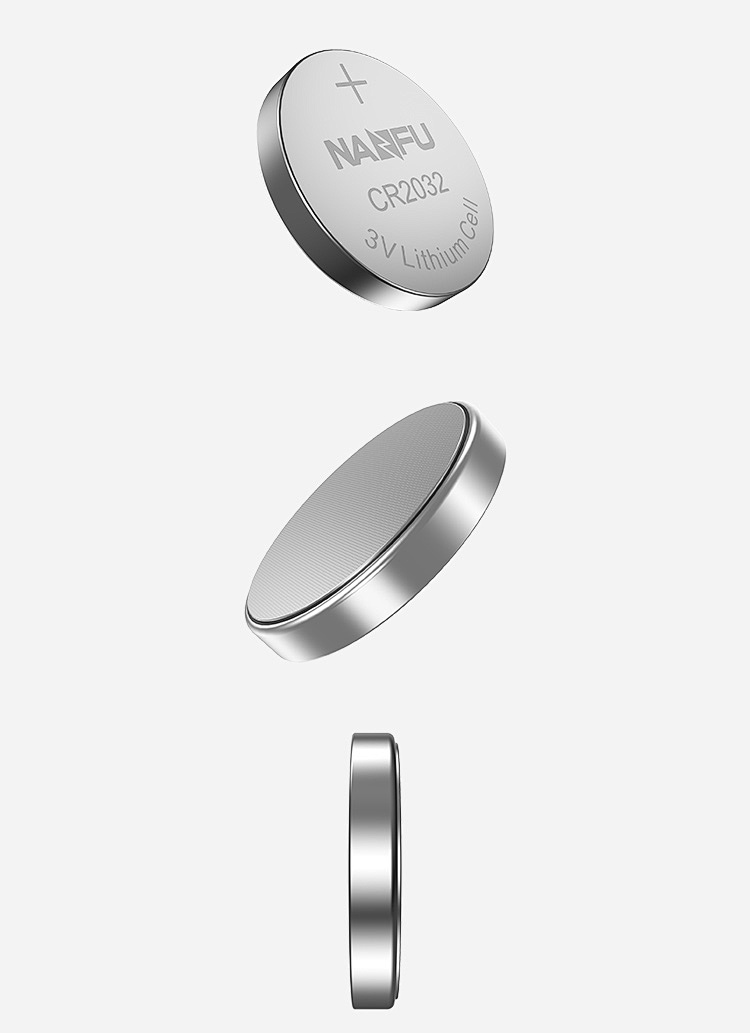What is the UL4200 and why the button battery has to do this test?
Recently, more deaths and serious injuries related to button batteries. Staff at the Consumer Product Safety Commission (CPSC) are participating in voluntary standard activities related to consumer batteries, including UL4200-Product safety standards for button or button batteries using lithium technology. To address these problems, CPSC has developed a standard UL4200A to ensure the safety of products containing button batteries during use (lithium battery testing).
It aims to reduce the risk of children removing and swallowing batteries from products.
These lithium-ion batteries can cause serious harm to children. These events usually involve children under four years of age. Serious damage may occur when the battery remains in the digestive tract or in other parts of the body.
UL4200A Products containing removable batteries are required to use specified methods to ensure reliable placement of batteries. The standard details sexual reduction, including abuse, designed to evaluate the possibility of accidental battery release of products.
UL4200A It also describes how products should be labeled, including general notices about dangers, and keeping batteries away from children. The standard contains a specific language that describes the possible damage caused by swallowing batteries and the need for immediate medical attention.
UL4200A applicable products include:
1. Consumer (household) products installed with button lithium batteries with a diameter of 32mm and a diameter greater than the height (but there may be additional requirements in some terminal product standards).
2. The main purpose of the new requirement (but not limited to) is to reduce the risk of accidental ingestion by children.
3. Structure
4. For the terminal product with "batteries allowing the user to move or replace", the structure shall meet the following requirements:
5. Use IEC61032 stick 11 and not touch the battery. During the inspection, the shell that can be opened without tools, or with less than two independent continuous movements, should be opened for evaluation during the inspection.
6. The product needs to be designed to prevent children from moving the battery: tools (such as screws, coins) to open the battery chamber, or at least two separate and joint movements to open the lid or door of the battery chamber.
7. If the cover or door of the battery cavity is secured by a screw or a similar fastener, the fastener needs to be captured on the cover or door.
8. When the product has "batteries that do not allow the user to move or replace", it needs to be effectively prevented by the user or children from removing. The product should be designed as:
9. Keep the battery from contact by housing or similar; or completely secure the battery by welding, rivets or similar.
www.uni-lab.hk/


评论
发表评论